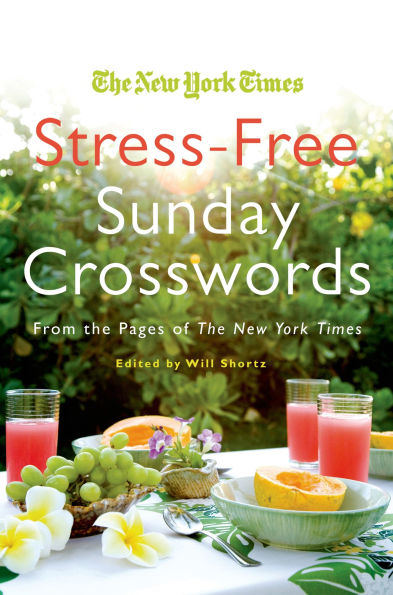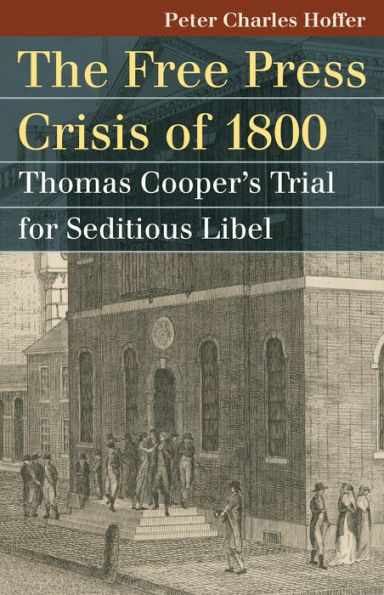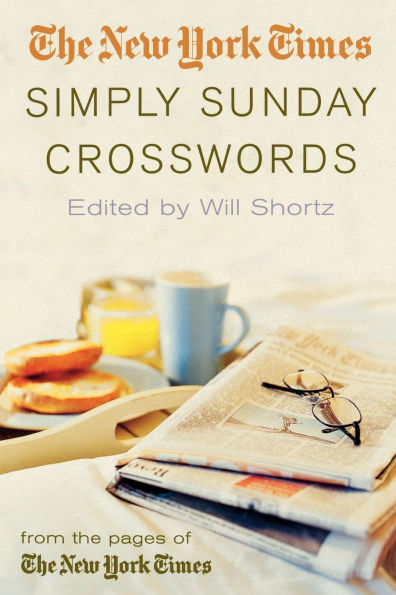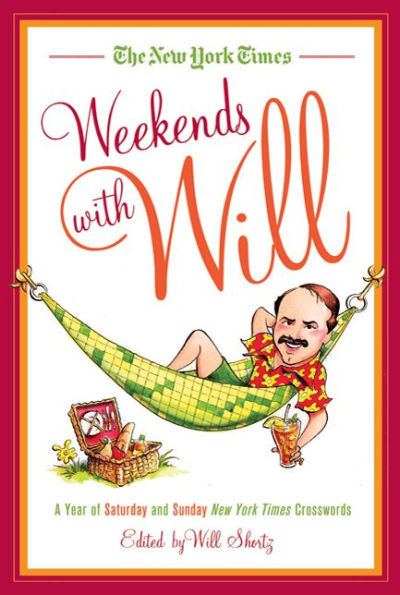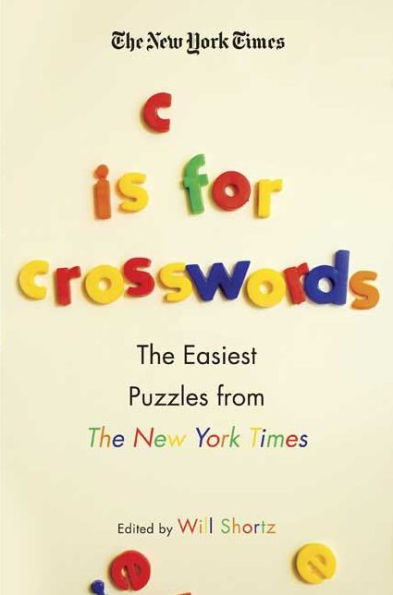Home
New York Times v. Sullivan: Civil Rights, Libel Law, and the Free Press
Barnes and Noble
Loading Inventory...
New York Times v. Sullivan: Civil Rights, Libel Law, and the Free Press
Current price: $29.99
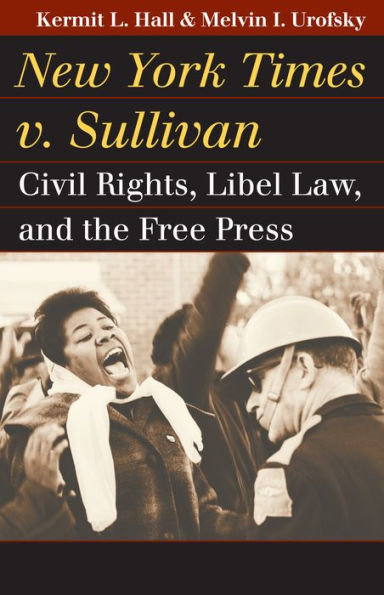
Barnes and Noble
New York Times v. Sullivan: Civil Rights, Libel Law, and the Free Press
Current price: $29.99
Loading Inventory...
Size: Paperback
*Product information may vary - to confirm product availability, pricing, shipping and return information please contact Barnes and Noble
Illuminating a classic case from the turbulent civil rights era of the 1960s, two of America's foremost legal historians—Kermit Hall and Melvin Urofsky—provide a compact and highly readable updating of one of the most memorable decisions in the Supreme Court's canon.
When the
New York Times
published an advertisement that accused Alabama officials of willfully abusing civil rights activists, Montgomery police commissioner Lester Sullivan filed suit for defamation. Alabama courts, citing factual errors in the ad, ordered the
Times
to pay half a million dollars in damages. The
appealed to the Supreme Court, which had previously deferred to the states on libel issues. The justices, recognizing that Alabama's application of libel law threatened both the nation's free press and equal rights for African Americans, unanimously sided with the
.
As memorably recounted twenty years ago in Anthony Lewis's
Make No Law
, the 1964 decision profoundly altered defamation law, which the Court declared must not hinder debate on public issues even if it includes "vehement, caustic, and sometimes unpleasantly sharp attacks on government and public officials." The decision also introduced a new First Amendment test: a public official cannot recover damages for libel unless he proves that the statement was made with the knowledge that it was false or with reckless disregard of whether it was false.
Hall and Urofsky, however, place a new emphasis on this iconic case. Whereas Lewis's book championed freedom of the press, the authors here provide a stronger focus on civil rights and southern legal culture. They convey to readers the urgency of the civil rights movement and the vitriolic anger it inspired in the Deep South. Their insights place this landmark case within a new and enlightening frame.
When the
New York Times
published an advertisement that accused Alabama officials of willfully abusing civil rights activists, Montgomery police commissioner Lester Sullivan filed suit for defamation. Alabama courts, citing factual errors in the ad, ordered the
Times
to pay half a million dollars in damages. The
appealed to the Supreme Court, which had previously deferred to the states on libel issues. The justices, recognizing that Alabama's application of libel law threatened both the nation's free press and equal rights for African Americans, unanimously sided with the
.
As memorably recounted twenty years ago in Anthony Lewis's
Make No Law
, the 1964 decision profoundly altered defamation law, which the Court declared must not hinder debate on public issues even if it includes "vehement, caustic, and sometimes unpleasantly sharp attacks on government and public officials." The decision also introduced a new First Amendment test: a public official cannot recover damages for libel unless he proves that the statement was made with the knowledge that it was false or with reckless disregard of whether it was false.
Hall and Urofsky, however, place a new emphasis on this iconic case. Whereas Lewis's book championed freedom of the press, the authors here provide a stronger focus on civil rights and southern legal culture. They convey to readers the urgency of the civil rights movement and the vitriolic anger it inspired in the Deep South. Their insights place this landmark case within a new and enlightening frame.
Illuminating a classic case from the turbulent civil rights era of the 1960s, two of America's foremost legal historians—Kermit Hall and Melvin Urofsky—provide a compact and highly readable updating of one of the most memorable decisions in the Supreme Court's canon.
When the
New York Times
published an advertisement that accused Alabama officials of willfully abusing civil rights activists, Montgomery police commissioner Lester Sullivan filed suit for defamation. Alabama courts, citing factual errors in the ad, ordered the
Times
to pay half a million dollars in damages. The
appealed to the Supreme Court, which had previously deferred to the states on libel issues. The justices, recognizing that Alabama's application of libel law threatened both the nation's free press and equal rights for African Americans, unanimously sided with the
.
As memorably recounted twenty years ago in Anthony Lewis's
Make No Law
, the 1964 decision profoundly altered defamation law, which the Court declared must not hinder debate on public issues even if it includes "vehement, caustic, and sometimes unpleasantly sharp attacks on government and public officials." The decision also introduced a new First Amendment test: a public official cannot recover damages for libel unless he proves that the statement was made with the knowledge that it was false or with reckless disregard of whether it was false.
Hall and Urofsky, however, place a new emphasis on this iconic case. Whereas Lewis's book championed freedom of the press, the authors here provide a stronger focus on civil rights and southern legal culture. They convey to readers the urgency of the civil rights movement and the vitriolic anger it inspired in the Deep South. Their insights place this landmark case within a new and enlightening frame.
When the
New York Times
published an advertisement that accused Alabama officials of willfully abusing civil rights activists, Montgomery police commissioner Lester Sullivan filed suit for defamation. Alabama courts, citing factual errors in the ad, ordered the
Times
to pay half a million dollars in damages. The
appealed to the Supreme Court, which had previously deferred to the states on libel issues. The justices, recognizing that Alabama's application of libel law threatened both the nation's free press and equal rights for African Americans, unanimously sided with the
.
As memorably recounted twenty years ago in Anthony Lewis's
Make No Law
, the 1964 decision profoundly altered defamation law, which the Court declared must not hinder debate on public issues even if it includes "vehement, caustic, and sometimes unpleasantly sharp attacks on government and public officials." The decision also introduced a new First Amendment test: a public official cannot recover damages for libel unless he proves that the statement was made with the knowledge that it was false or with reckless disregard of whether it was false.
Hall and Urofsky, however, place a new emphasis on this iconic case. Whereas Lewis's book championed freedom of the press, the authors here provide a stronger focus on civil rights and southern legal culture. They convey to readers the urgency of the civil rights movement and the vitriolic anger it inspired in the Deep South. Their insights place this landmark case within a new and enlightening frame.
